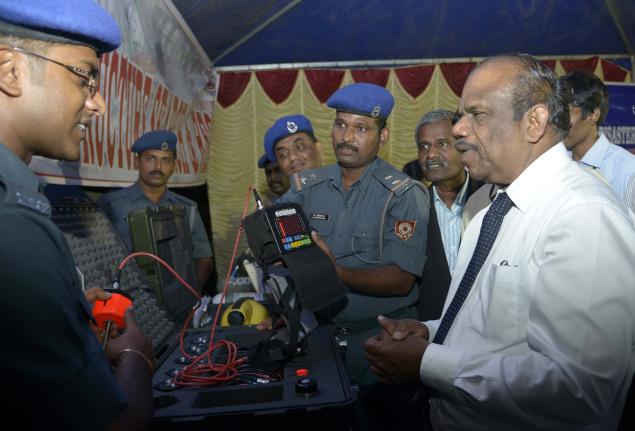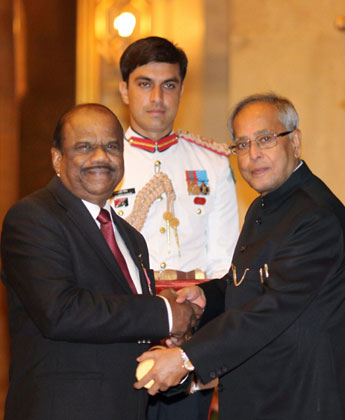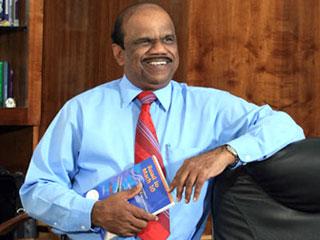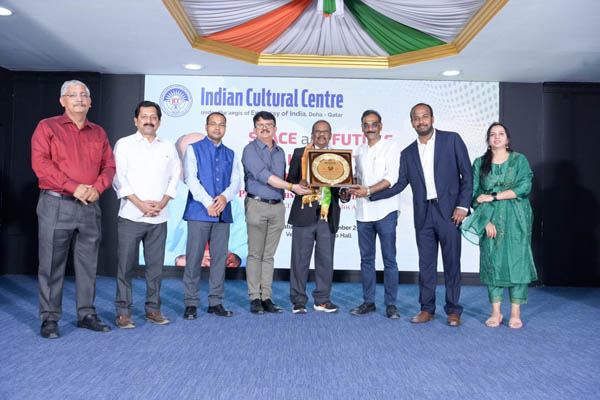Immediately after his graduation, Sivathanu Pillai joined Space Science & Technology Centre, Thiruvananthapuram in the year 1969 and worked in Systems Engineering of satellite launch vehicles (rockets). It was the formative years of ISRO under the able leadership of Dr. Vikram Sarabhai. He assisted Dr Vikram Sarabhai in the evolution of 10-year space profile for the country, the plans of activity. Later when the SLV-3 (the first Satellite Launch Vehicle of India) program was started, he became the core team Member of SLV-3, under the leadership of Dr APJ Abdul Kalam. In SLV-3, he contributed in the development of four stage rocket motors and rocket systems. SLV-3's first stage later became the booster of Agni missile. After the successful completion of SLV-3, he was the member of the PSLV (Polar Satellite Launch Vehicle) study team in the evolution of PSLV mission and a senior scientist in Aerospace Dynamics & Design Group. Later he became Technical Advisor to Prof Satish Dhawan, the Chairman of ISRO at its HQrs, Bangalore for Launch Vehicle Programmes. Vikram Sarabhai Space Centre (VSSC) formed a study group for the design of PSLV and a configuration was evolved. The original proposed configuration by VSSC was a huge vehicle weighing 400 tonnes with two large strap-on boosters making the propulsion system complex. Prof. Dhawan realised that the proposed configuration was complex and wanted to develop a reliable PSLV which would be the workhorse of ISRO and to be the core for the future launch vehicle projects in the years to come. So Prof. Satish Dhawan instructed Dr. Pillai to evolve an alternate configuration for PSLV with a team headed by Dr. Kalam. After two years of continuous working under the guidance of Prof. Satish Dhawan, a new configuration was evolved quite different and much lighter from what had been originally suggested. Today it is that evolved configuration of PSLV has become the main stay for ISRO to have successive successful launches injecting satellites in the polar orbits.
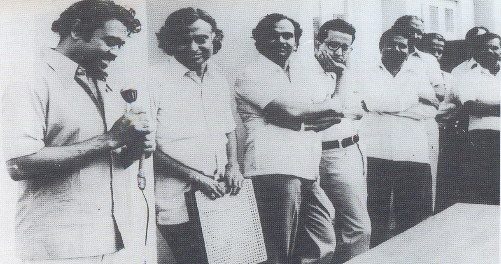
In Dr. Kalam's own words in his 'Wings of Fire', "I recall my working at ISRO HQ, Bangalore, as Director, launch Vehicle Programmes/System, in the early 1980s, when we were debating the performance and cost-effectiveness of launch vehicles. In 1981, the scientists of VSSC, Thiruvananthapuram, with the help of other ISRO centres, evolved a configuration of the PSLV core vehicle with two large strap-on boosters. The PSLV- weighed about 400 tonnes at take-off. Prof. Dhawan wanted to study an alternative and simple configuration. I and some of my colleagues, A. Sivathanu Pillai, N. Sundararajan and K. Padmanabha Menon, carried out mission, technology and feasibility studies for the optimal configuration. The team designed several options, including a unique core vehicle with an advanced solid propellant booster, using first stage rockets of SLV-3 as strap-ons. This brought the PSLV weight down to only about 275 tonnes at take-off."
Not only PSLV but Dr. Pillai was also involved along with Dr. Kalam in an ambitious missile project called REX (Re-Entry Experiment), the prelude to Agni.
In Dr. Kalam's own words regarding REX in his 'Wings of Fire', "Meanwhile, I carried out an analysis of the application of SLV 3 and its variants with Sivathanu Pillai, and compared the existing launch vehicles of the world for missile applications. We established that the SLV 3 solid rocket systems would meet the national requirements of payload delivery vehicles for short and intermediate ranges (4000 km). We contended that the development of one additional solid booster of 1.8 m diameter with 36 tonnes of propellant along with SLV-3 subsystems would meet the ICBM requirement (above 5500 km for a 1000 kg payload). This proposal was, however, never considered. It nevertheless paved the way for the formulation of the Re-entry Experiment (REX) which, much later on, became Agni".
Contact me



